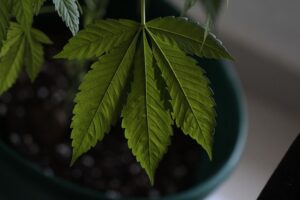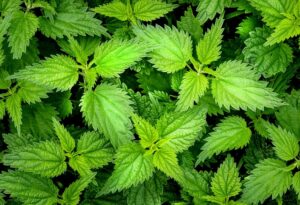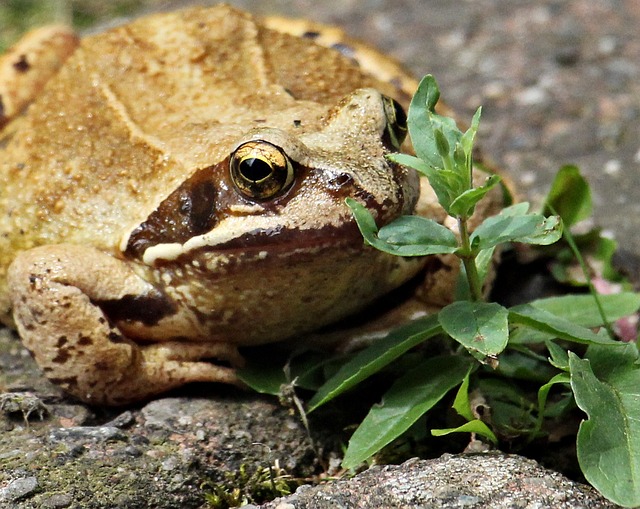
The THCA flower, a non-psychoactive cannabinoid found in the Cannabis sativa plant and precursor to THC, has shown potential health benefits through its interaction with the endocannabinoid system. It's being researched for conditions like inflammation and pain without causing psychoactive effects, unlike THC. THCA is distinct from other cannabinoids like CBD and CBN, and its therapeutic properties are under investigation. While THCA can be converted to THC with exposure to heat or UV light, it's important to note that dosage guidelines for THCA flower are still being studied and can vary based on strain potency and individual body responses. As such, users are advised to start with small amounts and consult healthcare professionals or knowledgeable dispensary staff for guidance. Ongoing research aims to clarify THCA's benefits fully, emphasizing the need for careful dosing to maximize its potential therapeutic applications.
Explore the transformative properties of THCA flower, a non-psychoactive cannabinoid that’s gaining attention in wellness circles for its potential health benefits. This article delves into the origin and structure of THCA, its scientifically backed advantages, and how it differs from other cannabinoids. Navigate the legalities surrounding its use, learn about proper dosing to optimize its effects, and discover practical ways to integrate THCA flower into your daily wellness routine. From understanding the entourage effect that amplifies its benefits when combined with other compounds, to storing it for maximum potency, this comprehensive guide offers insights into user experiences and the future of research in this burgeoning field.
- Unveiling THCA Flower: An Overview of Its Origin and Structure
- The Science Behind THCA: Potential Health Benefits
- THCA Flower vs. Other Cannabinoids: What Sets It Apart?
Unveiling THCA Flower: An Overview of Its Origin and Structure
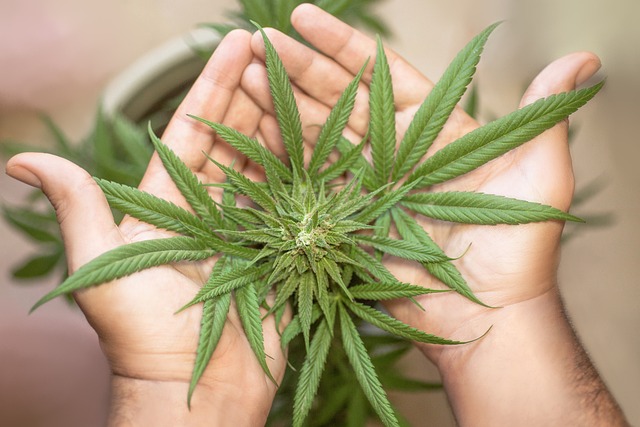
The THCA flower, which stands for tetrahydrocannabinolic acid, is a natural compound found in the Cannabis sativa plant. It is the precursor to THC, the most well-known cannabinoid, and possesses a range of potential benefits due to its interaction with the body’s endocannabinoid system. THCA is non-psychoactive, meaning it does not induce the ‘high’ commonly associated with its decarboxylated form, THC. The origin of THCA can be traced back to selective breeding practices that have honed cannabis varieties over centuries, leading to the diverse range of strains available today.
In terms of structure, THCA is a phytocannabinoid that contains an additional acidic molecule compared to THC. This molecular difference means that when consumed in its raw form, THCA flower does not produce psychoactive effects. Instead, it is believed to have therapeutic properties, including anti-inflammatory and analgesic effects. The dosage guidelines for THCA flower are still being researched and can vary widely depending on individual factors such as body weight, tolerance, and specific health conditions. It is crucial for consumers to start with a low dose to gauge effects and consult with a healthcare professional when determining the appropriate THCA flower dosage for their needs. As the cannabis industry continues to evolve, more research will shed light on optimal dosing and the full spectrum of benefits associated with this promising compound.
The Science Behind THCA: Potential Health Benefits
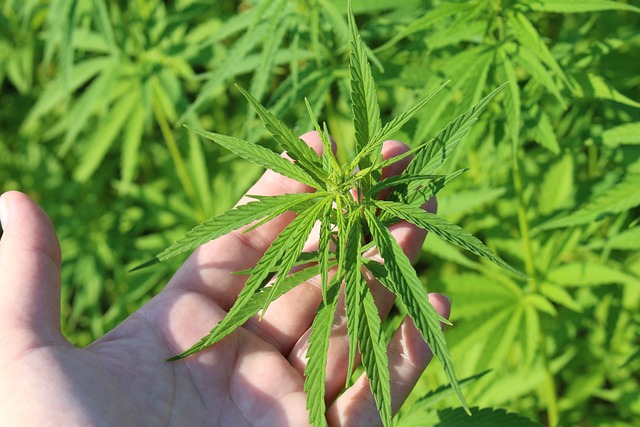
Delta-9-tetrahydrocannabinol (THC) is well-known for its psychoactive effects, but tetrahydrocannabinolic acid (THCA), the raw form of THC found in cannabis flowers before it is exposed to heat or light, has garnered attention for its potential therapeutic properties. THCA exists naturally in high concentrations in raw cannabis plants and certain cannabis strains, and preclinical research suggests that it may offer a range of health benefits without the psychoactive “high” associated with THC.
Studies have indicated that THCA interacts with the body’s endocannabinoid system, which regulates various physiological processes including pain, inflammation, and immune response. This interaction may contribute to its potential anti-inflammatory, neuroprotective, and anti-nausea effects. Additionally, THCA has been observed to possess antiemetic properties, showing promise in alleviating nausea and vomiting, particularly in cancer patients undergoing chemotherapy. The therapeutic benefits of THCA are being explored further, with ongoing research focusing on its potential role in managing conditions like arthritis, multiple sclerosis, and other inflammatory diseases.
When considering THCA flower dosage guidelines, it is important to approach this cautiously. Dosage can vary significantly based on individual body chemistry, the specific cannabinoid profile of the strain, and the method of consumption. Users should start with low doses to gauge effects before gradually increasing, as recommended by healthcare professionals or knowledgeable dispensary staff. Always consult with a healthcare provider before incorporating THCA into any health regimen, especially if you have underlying health conditions or are taking other medications.
THCA Flower vs. Other Cannabinoids: What Sets It Apart?
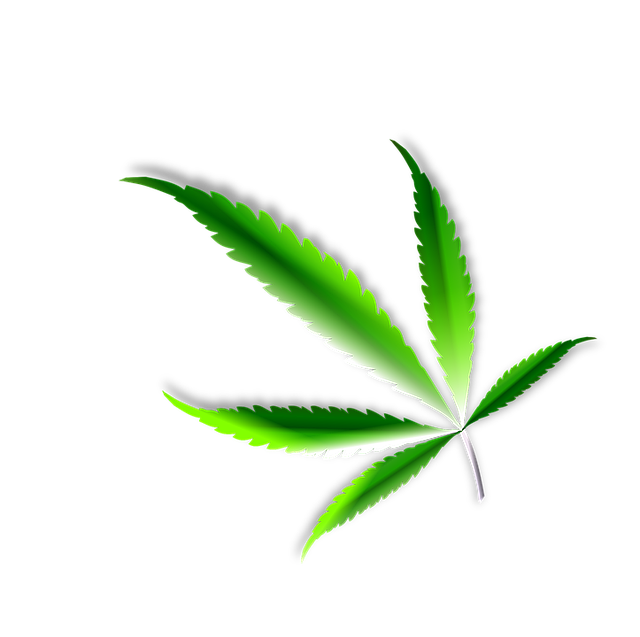
THCA, or Tetrahydrocannabinolic Acid, is a naturally occurring cannabinoid found in the raw cannabis plant. Unlike its more famous counterpart, THC (Tetrahydrocannabinol), THCA is non-psychoactive, offering potential therapeutic benefits without the intoxicating effects associated with THC. The unique properties of THCA flower have garnered attention within wellness circles for its potential anti-inflammatory and neuroprotective effects. When consumed in its raw form, such as through smoking or vaporizing the flower, THCA interacts with the body’s endocannabinoid system, potentially providing relief from various conditions without altering one’s state of mind.
The distinction between THCA and other cannabinoids like CBD (Cannabidiol) and CBN (Cannabinol) lies in its chemical structure. THCA is the acidic precursor to THC, meaning it can convert to THC when exposed to heat or UV light during the extraction or decarboxylation process. Unlike CBD, which is known for its wide range of health benefits without psychoactive effects, and CBN, which is often considered a byproduct with sedative properties, THCA offers a unique balance. Users interested in exploring THCA flower dosage guidelines should consult expert advice to understand the appropriate intake levels based on individual needs and the desired therapeutic outcomes. This is particularly important due to the varying potencies between different strains of cannabis and the lack of standardized dosing across products available in the market. Understanding the nuances of THCA flower, including its dosage guidelines, can help users make informed decisions about incorporating it into their wellness routines.
θCannabidiolic acid (THCA) flower has emerged as a subject of interest within the realm of natural wellness, offering a distinct profile compared to other cannabinoids. As this article has explored, THCA is a non-psychoactive compound found in hemp and cannabis plants, boasting potential health benefits backed by scientific research. From its origin and molecular structure to the contrasts it presents with other cannabinoids, understanding the nuances of THCA flower is crucial for those seeking its wellness properties. When considering incorporating THCA flower into one’s routine, adhering to dosage guidelines ensures a safe and effective experience. As with any supplement, it is advisable to consult with a healthcare professional before beginning use, to ensure that it aligns with your individual health needs and concerns. With further research likely to unveil additional benefits of THCA flower, its potential as a natural wellness aid continues to be an exciting frontier in the world of holistic health.
